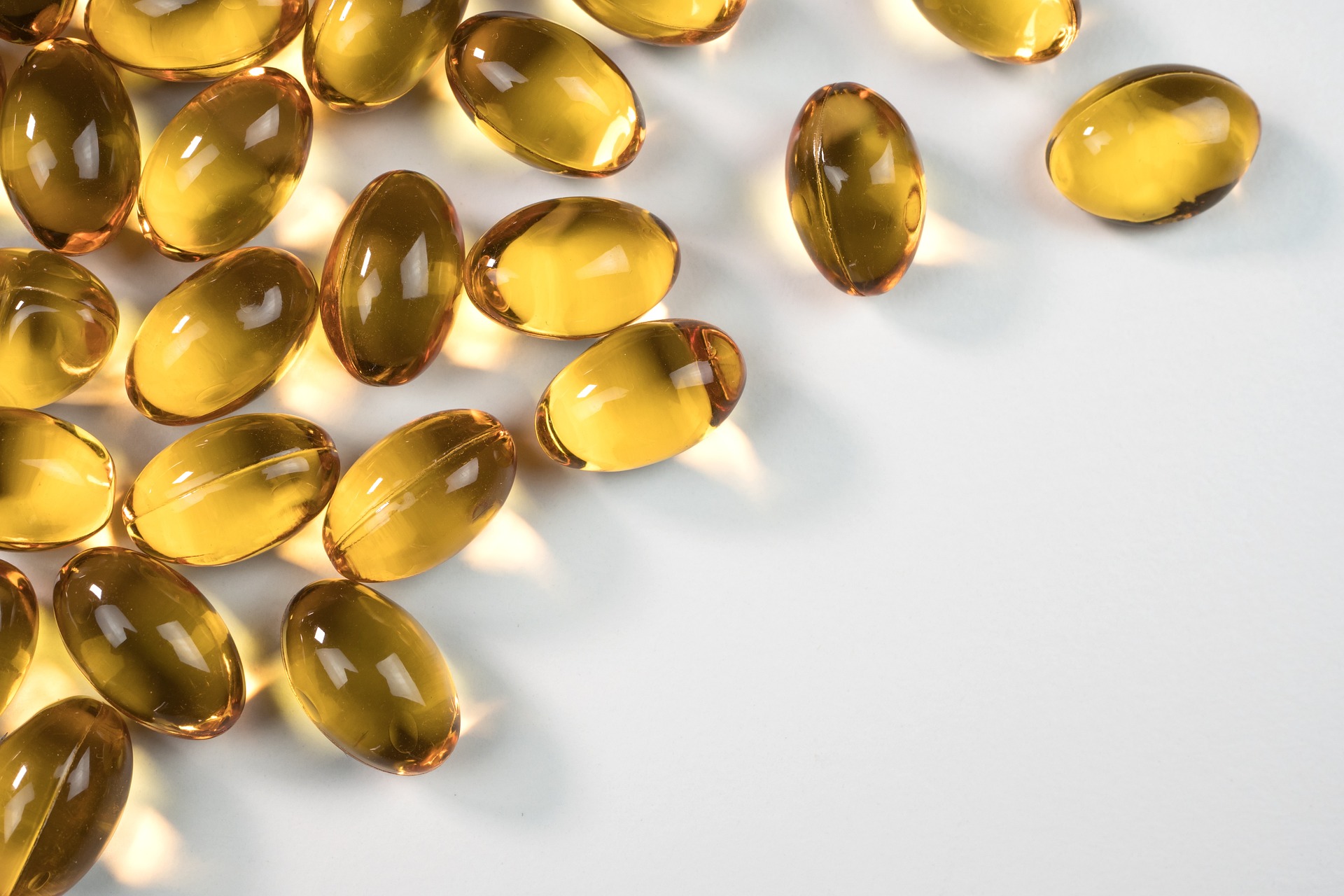Peculiarities of Vitamin K2: The Underappreciated Nutrient
Vitamin K2, a member of the vitamin K family, often remains in the shadows of its more recognized kin, Vitamin K1. Yet, despite its relative anonymity, Vitamin K2 plays a crucial role in various physiological processes, including bone mineralization and cardiovascular health. This article will delve into the peculiarities of Vitamin K2, discussing its unique biological functions, its historical context, and its current relevance in the world of health and nutrition.

A Historical Perspective: Discovery of Vitamin K
The journey of Vitamin K2 starts with the discovery of Vitamin K in 1929. Danish biochemist Carl Peter Henrik Dam was investigating a mysterious bleeding disorder in chickens fed a fat-free diet. Dam discovered that the disorder was caused by a deficiency in a previously unknown fat-soluble vitamin, which he named Vitamin K after the Danish word for coagulation, “koagulation.” Over the years, researchers identified two primary forms of Vitamin K: phylloquinone (K1) and menaquinones (K2).
Biological Functions of Vitamin K2
Vitamin K2 is a group of compounds known as menaquinones. They are distinguished by a side chain of isoprenoid residues, which vary in length. This variation contributes to their different biological activities. Menaquinones are primarily responsible for activating proteins that regulate calcium deposition in the body.
For instance, Vitamin K2 activates a protein called osteocalcin, which binds calcium and incorporates it into the bone matrix. This role is crucial for maintaining bone health and preventing diseases like osteoporosis.
Vitamin K2 also activates another protein called matrix Gla protein (MGP), which inhibits the deposition of calcium in the arteries. By preventing vascular calcification, Vitamin K2 contributes to cardiovascular health.
Dietary Sources and Bioavailability
Unlike Vitamin K1, which is abundant in green leafy vegetables, Vitamin K2 is primarily found in fermented foods and animal products. Some of the richest sources of Vitamin K2 include natto (a traditional Japanese food made from fermented soybeans), cheese, and egg yolks.
Interestingly, the bioavailability of Vitamin K2 is considerably higher than that of Vitamin K1. Bioavailability refers to the proportion of a nutrient that the body can absorb and utilize. While Vitamin K1 is poorly absorbed due to its location in the chloroplasts of plant cells, Vitamin K2 is more readily absorbed and distributed throughout the body.
Current Research and Future Directions
Despite the crucial roles played by Vitamin K2, its importance has often been overshadowed by the more well-known Vitamin K1. However, recent research has begun to highlight the unique contributions of Vitamin K2.
Several studies have associated higher dietary intake of Vitamin K2 with lower risks of coronary heart disease, arterial calcification, and osteoporosis. Given these potential benefits, there is a growing interest in understanding the role of Vitamin K2 in disease prevention and treatment.
Moreover, the fact that Vitamin K2 is found in such unique food sources and has higher bioavailability than Vitamin K1 raises fascinating questions about dietary recommendations and nutritional supplementation.
The Underappreciated Nutrient: Vitamin K2
In conclusion, Vitamin K2, though a lesser-known member of the Vitamin K family, has unique and crucial roles in human health. Its history, biological functions, dietary sources, and current research all contribute to a fascinating narrative that underscores the importance of this underappreciated nutrient.
As the scientific community continues to unravel the mysteries of Vitamin K2, there is potential for a shift in dietary guidelines and a growing recognition of the importance of this nutrient. Perhaps, in the near future, Vitamin K2 will no longer remain in the shadows but will receive the attention and appreciation it deserves.





